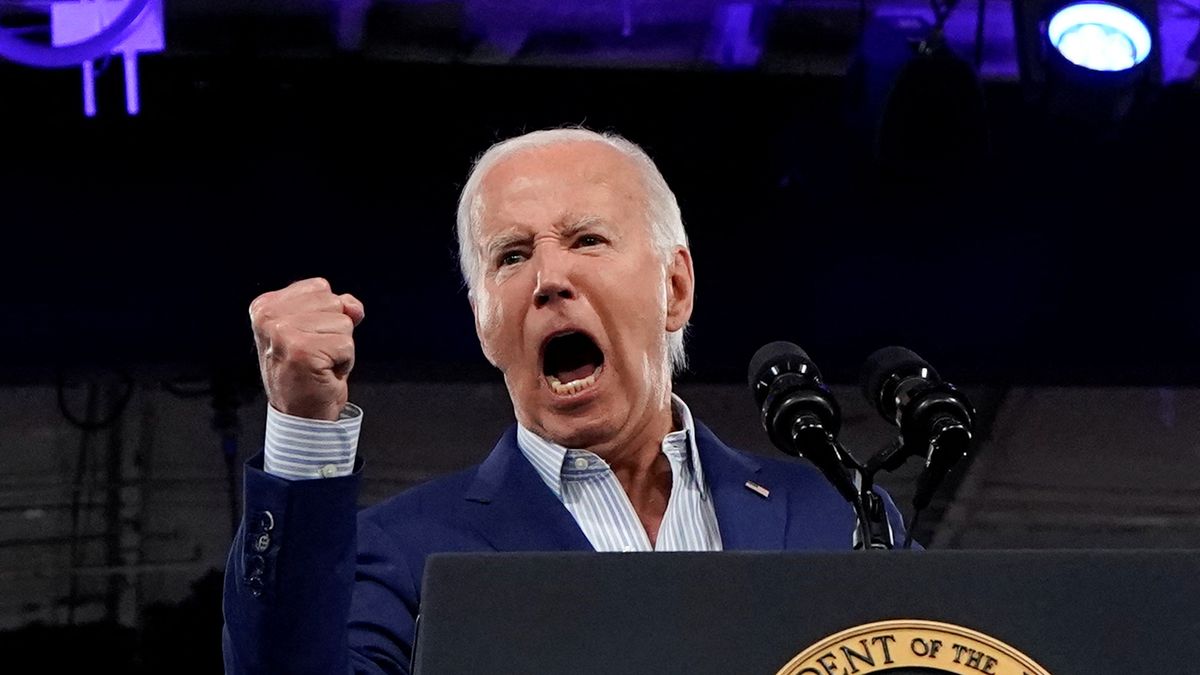The peak of the student loan forbearance period — which began after the COVID-19 pandemic in 2020 and ends on Sept. 30, when delinquency reporting begins — could represent a hit of up to -88 on your credit score, using the Vantage Score metric.
This was revealed by Rodney Curbelo, General Manager of Transunion in Puerto Rico, during a presentation on the consumer’s credit profile.
“We’re concerned about what student loans are and the impact they’ll have on Puerto Rican students once they graduate… Let’s remember that there were programs that — once the pandemic started — that said that anyone with a student loan didn’t have to make payments until a certain time and the balances wouldn’t really reverse.” This is now affecting consumer credit, Curbelo explained.
He stressed that the company had done modeling and concluded that 98.6% of consumers with student loans on the island could be negatively affected once reporting began.
Company data reveals that 14% of Puerto Ricans have active student loan accounts.
“It has a negative impact and everything will depend on the profile of each consumer. For example, if consumers had eight accounts open in their credit file, and of those eight accounts, four of them were student loans, which is half the ‘share Their wallet. If you pay well, no problem. However, when the modeling is completed, that consumer’s credit history is checked over the past 24 months.
This becomes even more important when data reveals a 26.6% increase in student loans since 2017.
According to company information, in 2017, a total of 216,000 people took out a student loan, with a total value of $5.25 billion. The trend has remained upward as of today, with a total of 294,000 people reported to have taken out student loans, worth $10.39 billion.
“From the perspective of every student in Puerto Rico, they have on average four active student loan accounts on their credit file today. On average, we’re talking about $35,000,” Curbelo stressed.
This average has increased in recent years, as in 2020 it reached $30,000, in 2021 it was $32,000, and in 2023 it was $33,000.
It should be noted that 31.9% of debtors with student loans fall into the mortgage category (300-600 beta), 29.07% fall under the prime category (661-720) and 19.6% fall near the prime category (601-660). .
Myrna Vasquez, founder of FitWallet, said that although the numbers are alarming, she does not expect them to have a significant impact, knowing that Puerto Rican consumers have succeeded in improving their ability to pay.
“We, in education, always say that period from when they graduate until they start counting down to loan repayment, use it to start creating that cushion and start being more strategic with payments and even working on an accelerated cancellation strategy. So, looking at the information Looking at the “score” they received on average, we do not see that there is a problem of poor wages, nor a high debt-to-credit ratio. Vazquez stressed that everything will depend on how quickly and strategic the students can be when it comes to paying off these lines of credit. Student loans, which we’re already seeing at very high levels.
For her part, Zuemi Alvarez Rubio, President of the Puerto Rico Banks Association (ABPR), stated that with this in mind, banks will have to be more stringent in the credit evaluation of these consumers.
“When this data tells us how impactful it is, the bank will certainly have to make an additional adjustment in evaluating that customer,” the president said.
Related
In response to the physician flight affecting the country, the Economic Development Bank of Puerto Rico (BDE) has introduced an initiative designed…
Related
A report by the Institute for Energy Economics and Financial Analysis (Ieefa) concluded that Puerto Rico’s “much-touted transition” to…
Puerto Ricans maintain a high credit score
The study did not begin before consumer imaging showed that Puerto Ricans use credit as part of their income, and the data Curbelo presented implied that they continue to issue payments periodically. The first quarter of 2024 reflects that Puerto Ricans had an average credit score of 707, which puts them in the prime category. It showed a decrease of five points compared to the first quarter of 2023, in which it recorded an average of 712 points. However, the trend has remained stable above 700 since 2020.
On average, it is similar to that of the United States, which currently stands at 711, and exceeds that of the Virgin Islands, which stands at 638, Curbelo reported.
When broken down by geographic region, the Northwest had the highest average with 708, followed by the Southwest with 701, the metro with 700, the North with 698, the Central and South with 693 and the East with 692.
On average, consumers in Puerto Rico have between five and six active accounts.
Crime is increasing
Compared to the first quarter of 2023, the rate of car delinquencies increased from 1.77% to 2.22%, bank cards from 0.56% to 0.67%, and personal loans from cooperatives from 1.90% to 2.23%.
As for personal bank loans, the late payment rate decreased from 1.84% to 1.80%, as well as real estate loans from 1.98% to 1.81%.
“Puerto Rico still has very low levels of crime in so-called historical markets. It’s not the same as what happens in the United States. We have more crime, maybe 0.5 or 0.3 a little higher, in different portfolios,” Curbelo noted. Still very low.

“Social media evangelist. Student. Reader. Troublemaker. Typical introvert.”





:max_bytes(150000):strip_icc()/ninoprodigio5-2defa5f936f24beda01ca2554bb64f38.jpg)

More Stories
To replace the Saab 340 AEW transferred to Ukraine, the Swedish Air Force confirms the purchase of a third AEW&C GlobalEye aircraft.
New York joins these eight states that already accept digital ID documents at airports
Social Security in the USA: If your benefits are less than expected, these options can help your money | United States | com. bcapital